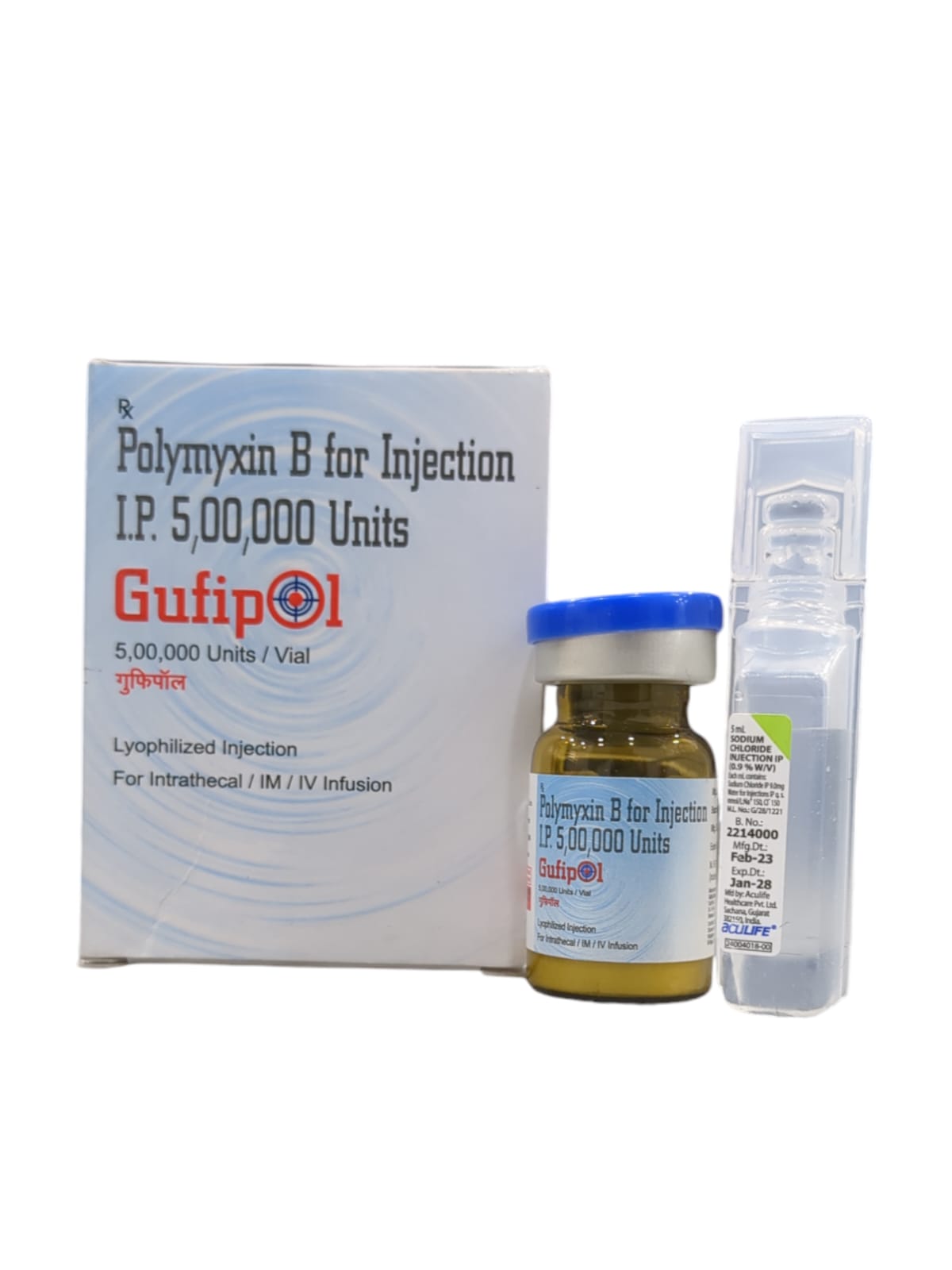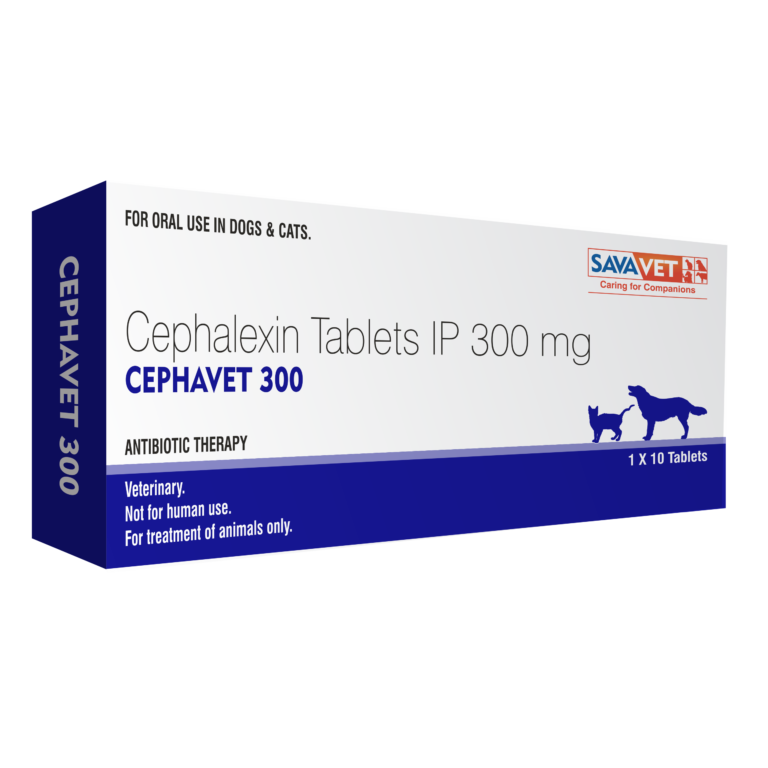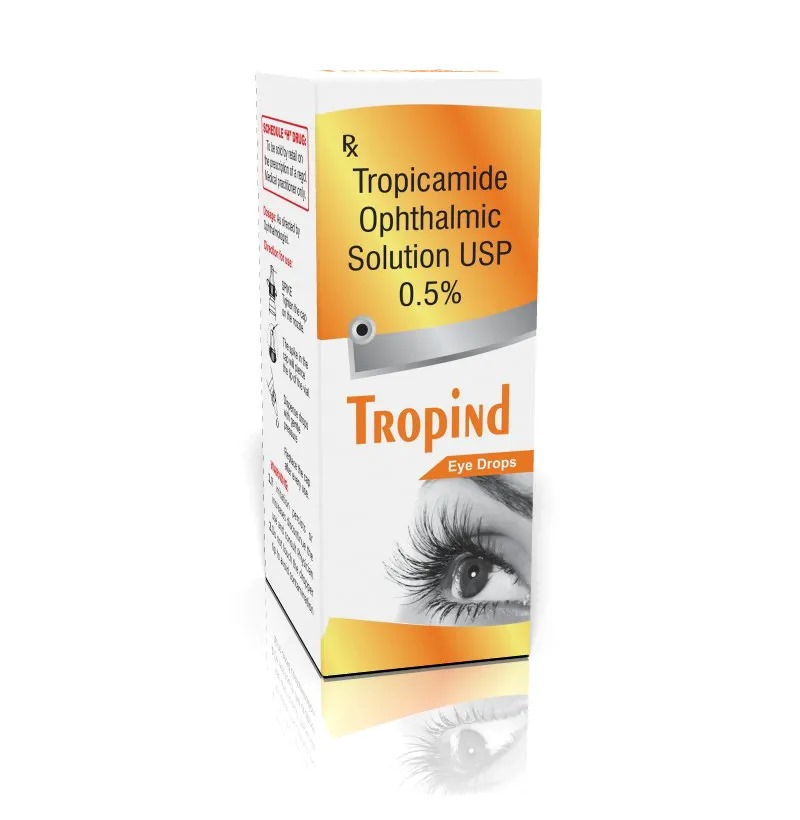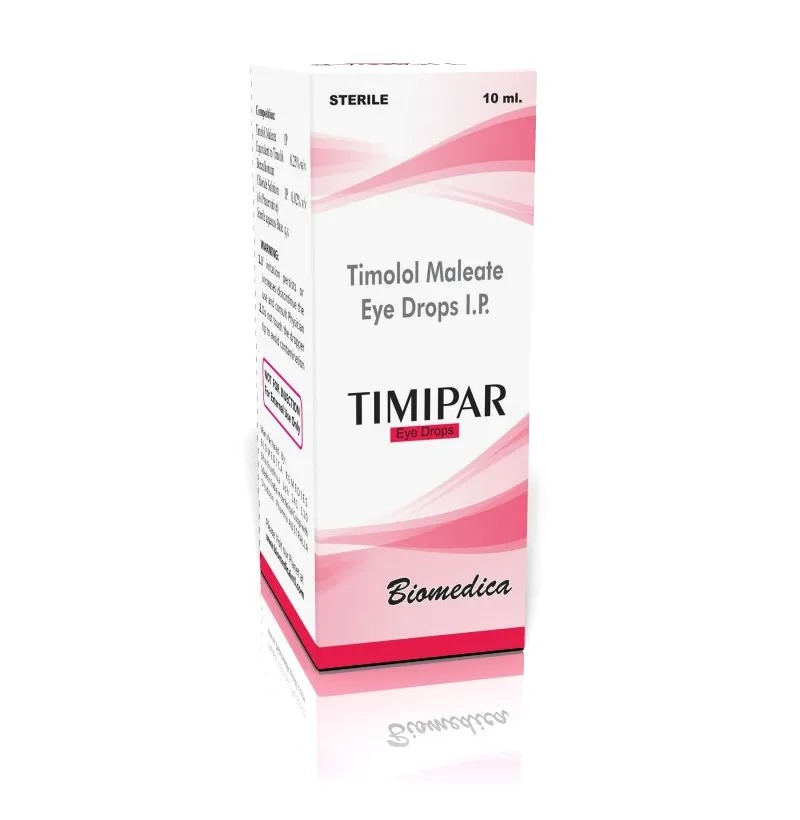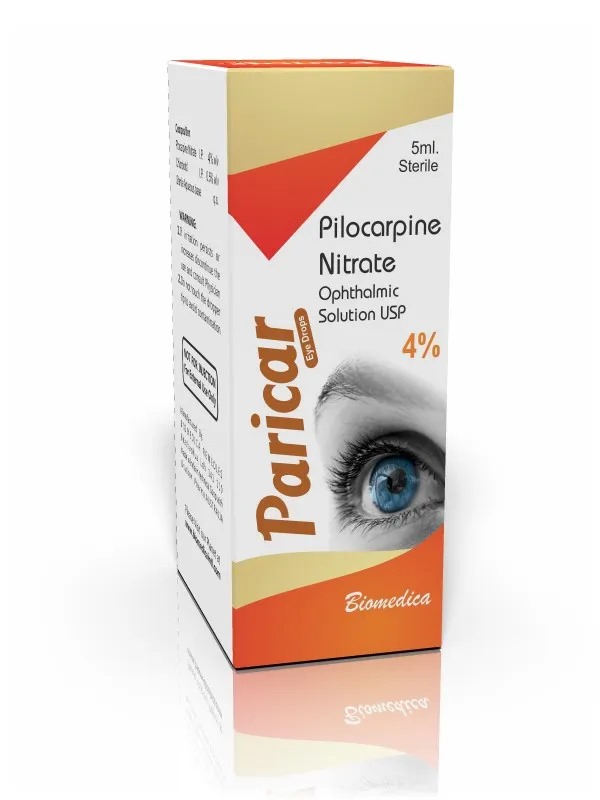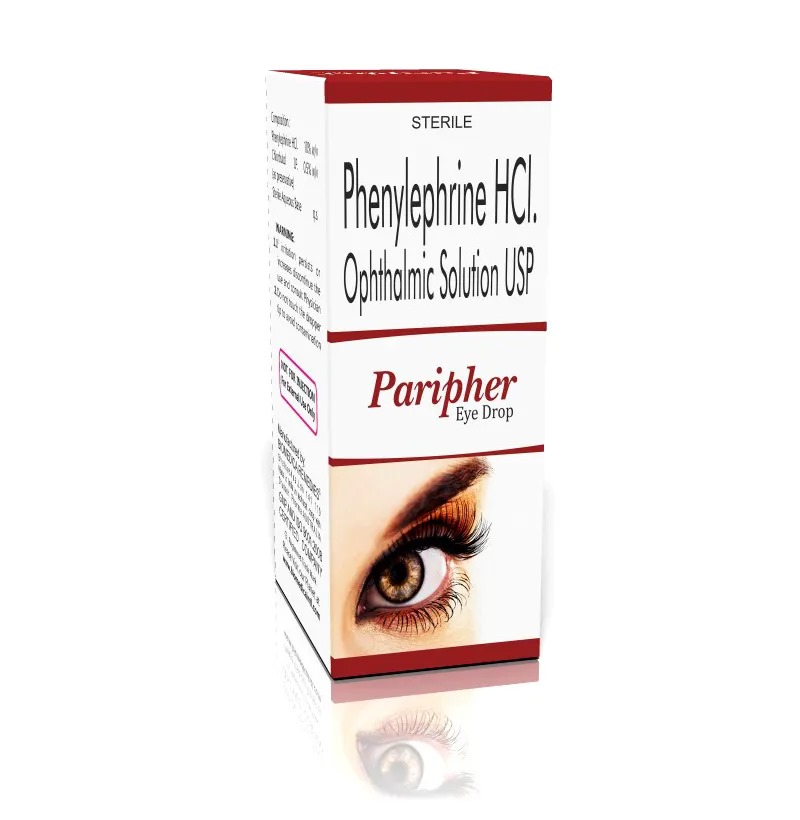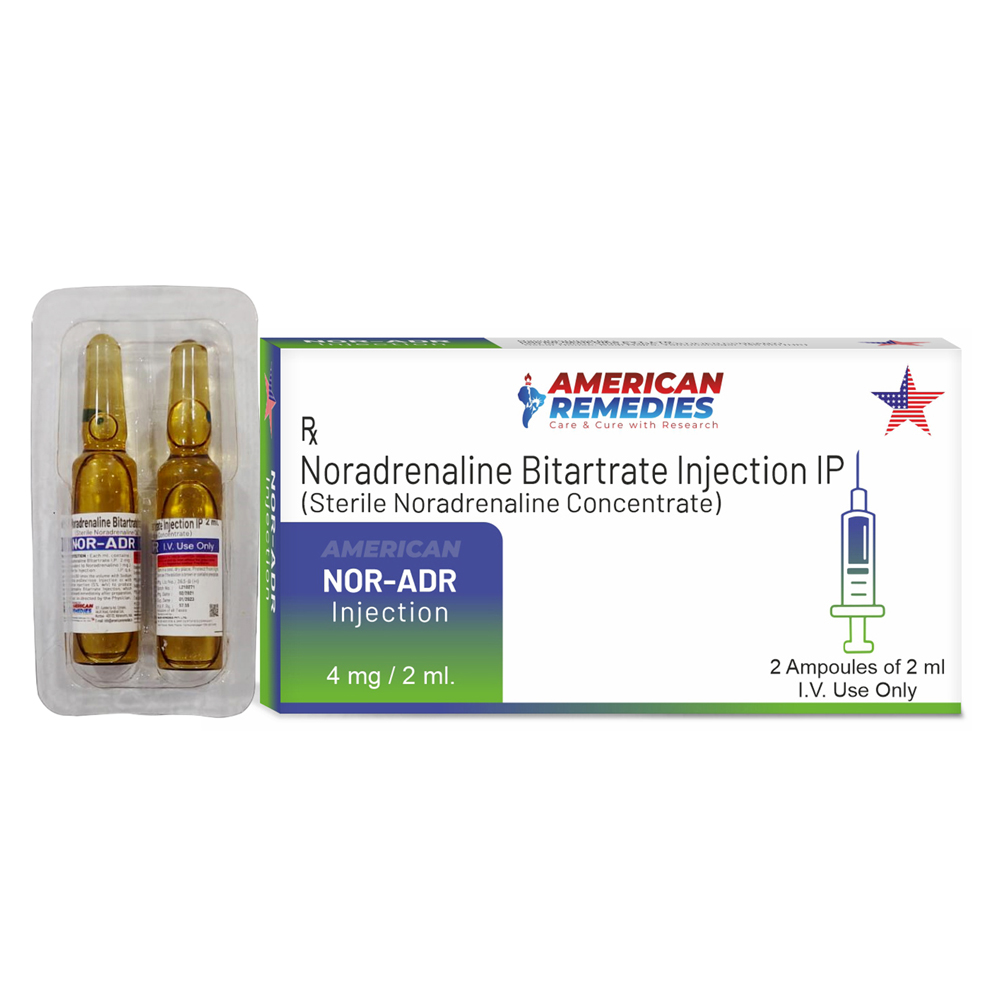Gufipol 5,00,000Unit Injection contains an active component as Polymyxin B. This medication is an antibiotic medication used to treat various bacterial infections, especially those caused by Gram-negative bacteria. It is commonly used when other antibiotics are ineffective or when dealing with multi-drug-resistant bacteria. It may be prescribed for conditions such as urinary tract infections, pneumonia, bacterial skin infections, and ventilator-associated pneumonia. A urinary tract infection (UTI) is a bacterial infection that affects the urinary system, primarily the bladder, urethra, or kidneys. Pneumonia is a respiratory condition characterized by inflammation of the lungs, usually caused by infection from bacteria, viruses, or fungi. Ventilator-associated pneumonia (VAP) is a type of lung infection that occurs in patients who are on mechanical ventilation in the hospital, typically caused by bacteria entering the lungs through the ventilator tube. Most side effects do not require any medical attention and disappear as your body adjusts to the medicine. Consult your doctor if they persist or if you’re worried about them Common side effects of Gufipol Anaphylactic reaction Fever Kidney damage Neurotoxicity Injection site reactions (pain, swelling, redness)
Send Message